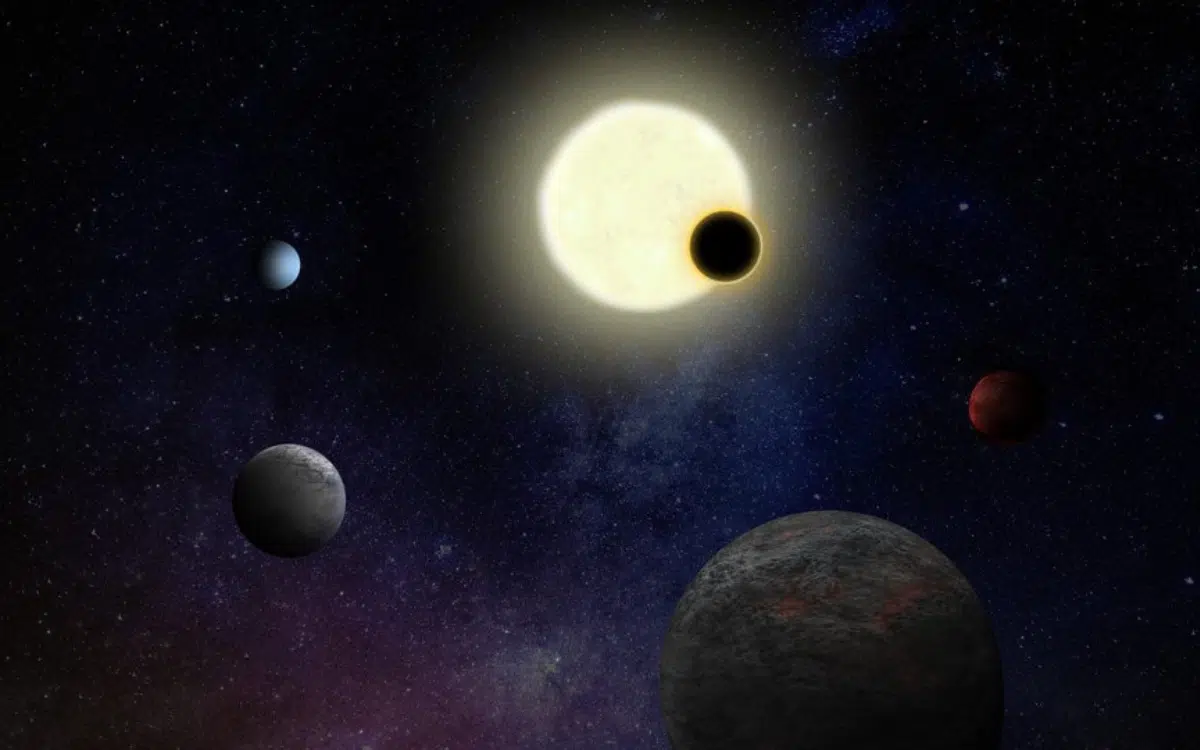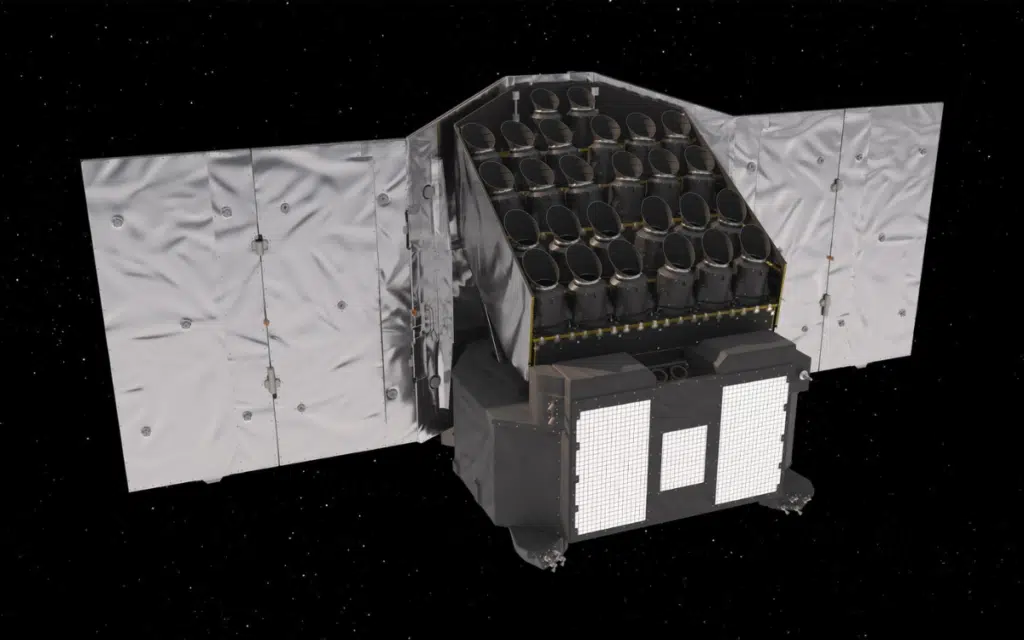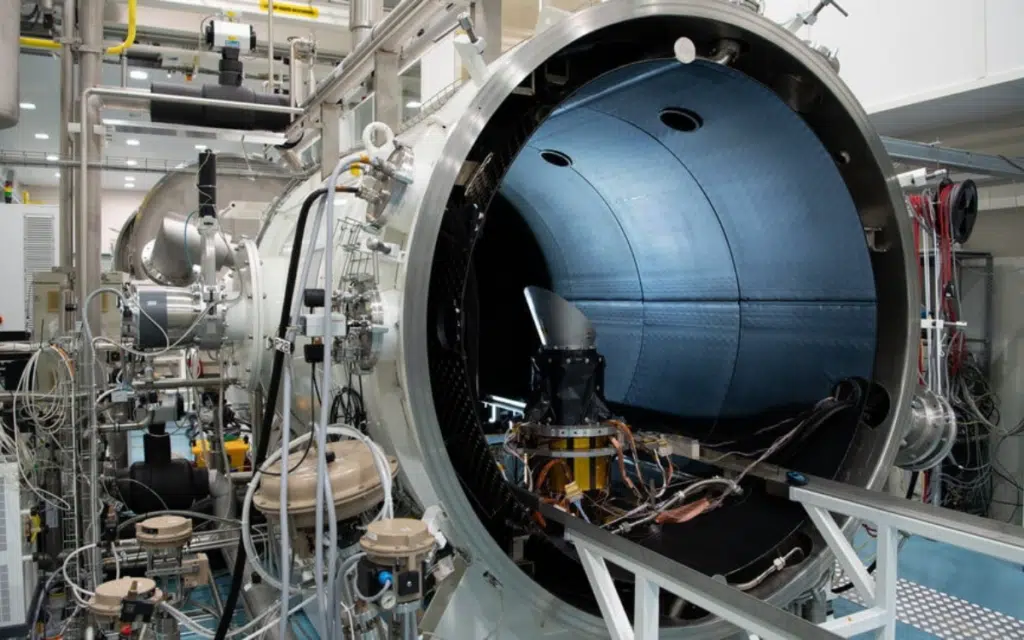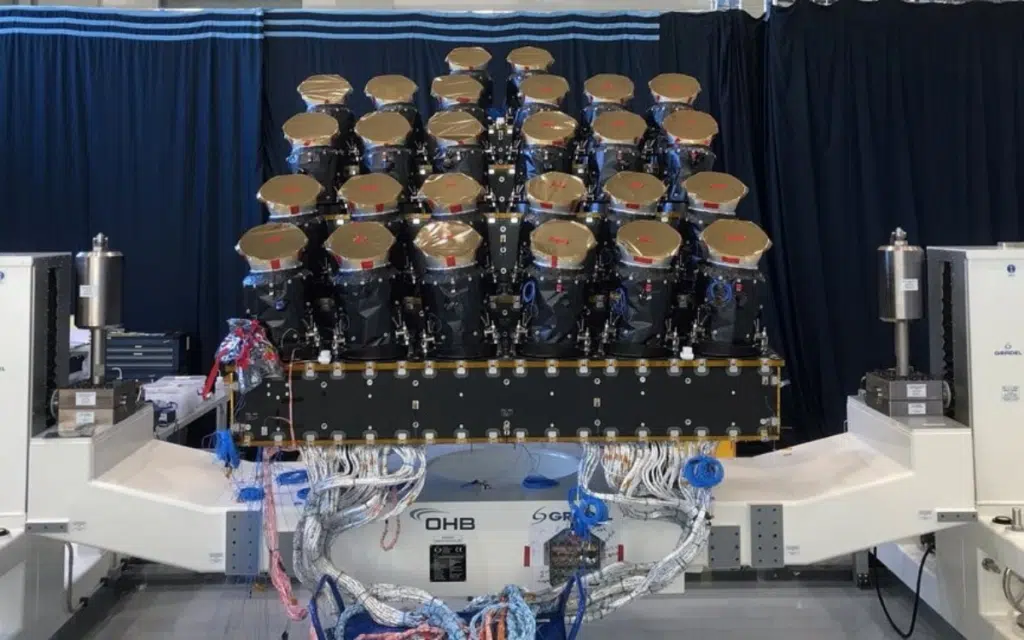European Space Agency telescope will stare at stars for two years to see if we’re really alone in Space
It's looking for Earth-like planets The post European Space Agency telescope will stare at stars for two years to see if we’re really alone in Space appeared first on Supercar Blondie.

The European Space Agency (ESA) is developing a powerful space telescope that will be used to look for exoplanets that could potentially host life.
Planetary Transits and Oscillations of stars, or PLATO for short, will launch in 2026.
PLATO’s mission will be to look for ‘terrestrial exoplanets in orbits up to the habitable zone of Sun-like stars’.
Or to put it more simply, look for planets that could potentially support life.
DISCOVER SBX CARS – The global premium auction platform powered by Supercar Blondie
The European Space Agency is on the hunt for Earth-like planets
Whether there is life on other planets remains one of science’s biggest mysteries and something space agencies like NASA and ESA have been working hard to solve.
Earlier this year, a scientist from Cambridge said he thought there was a ‘50/50 chance’ of alien life on a distant exoplanet.

And it’s these sorts of exoplanets – the name given to planets outside of our solar system – that the European Space Agency’s PLATO telescope will be used to study.
ESA announced plans for the telescope back in 2014 and is currently working to get it ready to launch in 2026.
PLATO will weigh around 5,070lbs (2,300kg) and will have a wingspan of just under 30-feet (nine meters) once its solar panels have been deployed.
The space telescope holds 26 cameras that can detect visible light, with two of the cameras capable of working extra quickly to take images of brighter stars.
PLATO is set to be launched next year and has a lifetime of four years, with a possible extension of up to eight-and-a-half years.
It will be tasked with looking out across 200,000 stars to try and spot an Earth-like exoplanet that could potentially host life.


“Does a second Earth exist in the Universe? Planet hunter Plato will focus on the properties of rocky planets orbiting Sun-like stars,” ESA explained.
“In particular, Plato will discover and characterize planets in orbits up to the habitable zone – the ‘goldilocks’ region around a star where the temperature is just right for liquid water to exist on a planet’s surface.”
PLATO could revolutionize what we know about the universe
The super-sized ESA PLATO space telescope will snap photos of the sky every 25 seconds, while the duo of faster cameras will take shots every 2.5 seconds.
All of that work will help to create the world’s first ‘catalogue’ of confirmed and characterized planets with their known densities, compositions, and ages.
ESA says PLATO could ‘revolutionize our understanding of planet formation and the evolution of planetary systems, as well as the potential habitability of these diverse worlds’.
It might also finally solve the mystery of whether there is life out there.
Click the star icon next to supercarblondie.com in Google Search to stay ahead of the curve on the latest and greatest supercars, hypercars, and ground-breaking technology.The post European Space Agency telescope will stare at stars for two years to see if we’re really alone in Space appeared first on Supercar Blondie.
What's Your Reaction?




































